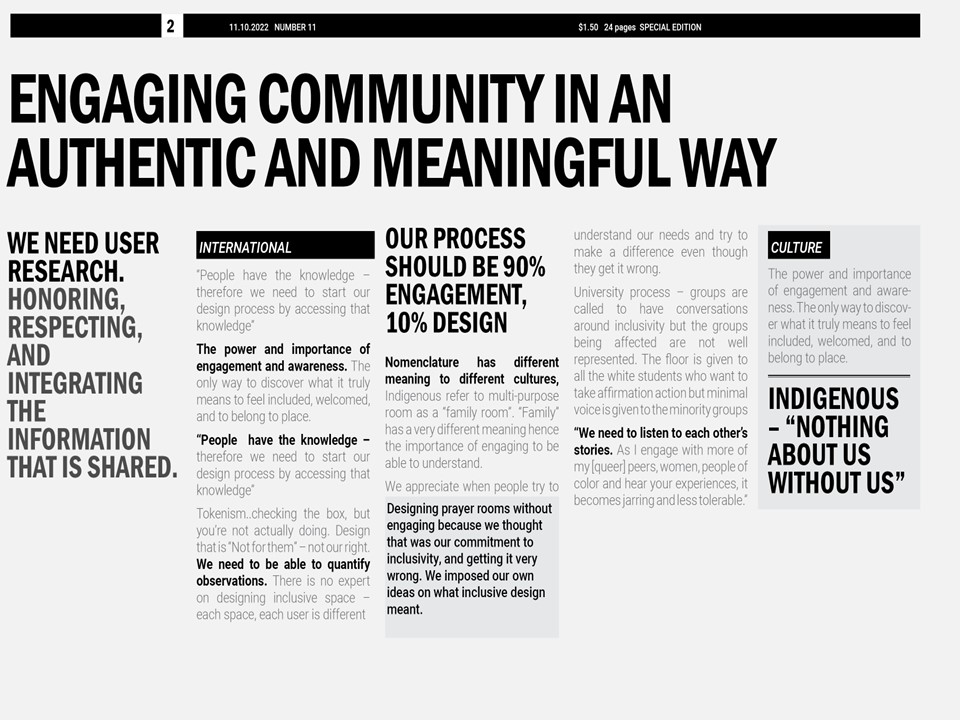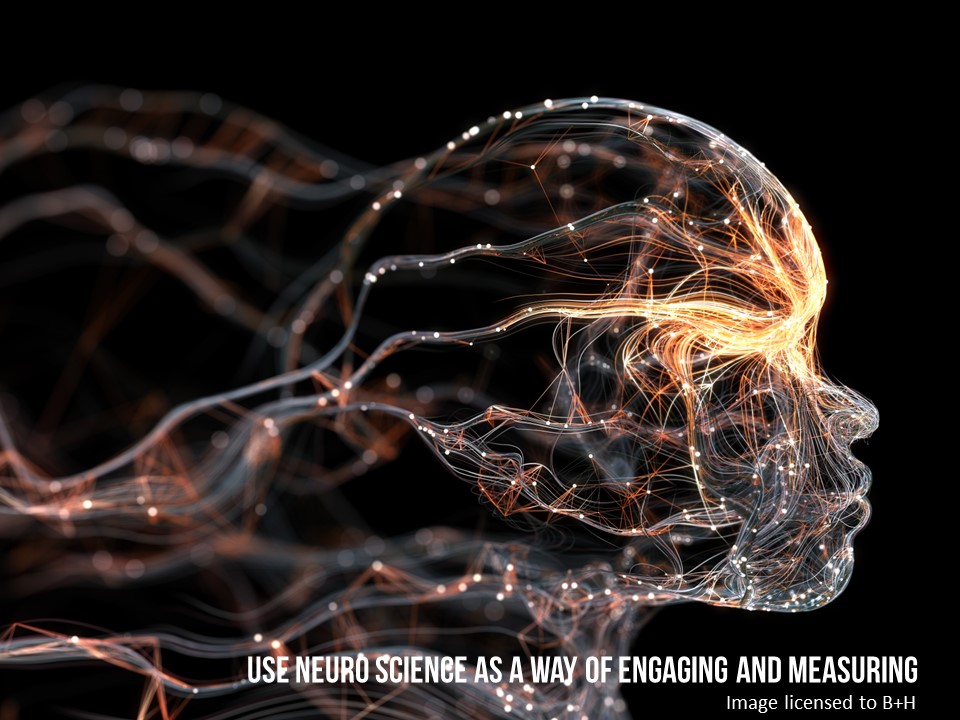B+H Takes An Authentic Approach To Understanding JEDI From A User Perspective
Healthy City Design 2022 International Congress
Gail Shillingford, Principal at B+H, presented at the Healthy City Design 2022 International Congress in early October, messaging on a global stage the need to truly understand what it means to create inclusive space.
Written by: Gail Shillingford, Principal, Urban and Landscape Design
I’m finally getting to write about the amazing Healthy City Design 2022 International Congress I recently presented at, which was held in the UK on October 10th and 11th, 2022. It was such an honour to have my abstract selected from over 110 global submissions and more so, to receive an award for “Most Innovative Idea” at the end of the congress.
I’m still on cloud nine. Not necessarily because of the selection or award, but because of how the concept of truly understanding what inclusion means from the perspective of those who are typically excluded – people of colour, Indigenous, and other marginalized or underprivileged groups – was so well received. Add to that, being featured in the “Healthy City Design” forum. The ability to address justice, equity, diversity, and inclusivity (JEDI) in the places we create goes well beyond the physical design of space. It must consider the mental, psychological, spiritual health, and wellness of people and what must be overcome for all people to feel included in the public realm.
The abstract, “Unpacking Inclusivity”, was a response to the call for content pertaining to “The Next Frontier – Diversity, Inclusion and Opportunity For All” by the congress. With the concern that these are becoming buzz words, and their applications superficial, I decided to take a different approach to my response. I based it on not only research, but by listening to the voices of, and stories told by, those who can speak about inclusivity through their own experiences, or those who know firsthand what it’s like to be excluded. Rather than assume we know how users feel about any design dilemma, engagement can shed light on what’s really happening. User engagement is unfortunately a process we often take for granted or don’t prioritize in the design profession! I felt that this was a conversation that needed to be brought to a global platform for discussion.
ABSTRACT: UNPACKING INCLUSIVITY
The pandemic has upended our common perceptions of what it means to build inclusive urban spaces. As people re-engage with their communities via shared outdoor spaces, we’re forced to reconsider how we design equitable cities that prioritise the public realm to promote inclusivity for all. How can we design public urban spaces that make minorities and historically underrepresented segments of society feel included in the built environment?
Equitable spaces are accessible, welcoming, and inclusive spaces that foster a sense of belonging, recognition, and identity for the people for whom they are designed. Inclusive design requires us to build to strengthen community and provide opportunity to enhance the culture of place or foster new culture. For this to be successful, we require engagement with communities, where we hear their stories and empower them to build socially rich environments that are meaningful, reflect their values, and are authentic to place.
We’ll re-examine the meaning of inclusivity as it relates to processes and best-practice planning principles, to better understand what it means to build truly inclusive city spaces. We’ll consider:
- How inclusive design begins with inclusive conversations from the outset of every project;
- The power of community engagement throughout the planning and design process to ensure the spaces we build reflect the people for whom we build;
- How we can design more inclusive spaces by shifting our process to prioritise the public realm;
- Replace the notion of “placemaking” with “placekeeping” to ensure we incorporate the history, story and culture of the place; and
- Place examples of instances where compelling community spaces were designed for the people who use them and the immediate context.
The onus is on us to engage in collaborative design and development processes that prioritize community engagement and the public realm to give a louder voice to underrepresented communities. We need to create spaces that are more individual than what we typically see or what policy dictates, to encourage people of different cultures to gather and share stories, and build understanding, respect and knowledge for each other.



